Modulus
The modulus, denoted by the symbol |x|, is a mathematical operation that returns the absolute value of a number. The absolute value of a number is its distance from 0 on the number line, regardless of its direction.
Absolute Value
The absolute value of a number, |x|, is defined as:
If x is positive or zero, then |x| = x
If x is negative, then |x| = -x
Examples
For example, the absolute value of 5 is |5| = 5, and the absolute value of -7 is |-7| = 7.
Properties of Modulus
1. |x| ≥ 0 for any real number x
2. |x| = 0 if and only if x = 0
3. |x * y| = |x| * |y| for any real numbers x and y
4. |x + y| ≤ |x| + |y| for any real numbers x and y (Triangle Inequality)
Applications
The modulus function has various applications in mathematics, physics, engineering, and computer science. It is commonly used to define distance, measure error, and in optimization problems.
Study Guide
To master the concept of modulus, it is important to practice solving problems that involve absolute values and understanding its properties. Some key topics to study include:
- Finding the absolute value of numbers
- Solving equations and inequalities involving absolute values
- Applying the properties of modulus in problem-solving
Additionally, it is beneficial to explore real-world examples where the modulus function is used to understand its practical significance.
By mastering the concept of modulus and its applications, you will gain a strong foundation in understanding absolute values and their role in various mathematical contexts.
[Modulus] Related Worksheets and Study Guides:
.◂Math Worksheets and Study Guides Eighth Grade. Linear equations
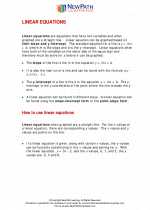
 Worksheet/Answer key
Worksheet/Answer key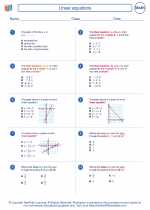
 Worksheet/Answer key
Worksheet/Answer key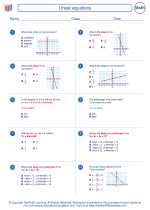
 Worksheet/Answer key
Worksheet/Answer key
 Worksheet/Answer key
Worksheet/Answer key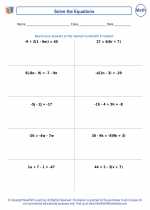
 Worksheet/Answer key
Worksheet/Answer key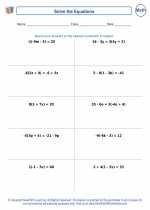
 Worksheet/Answer key
Worksheet/Answer key
